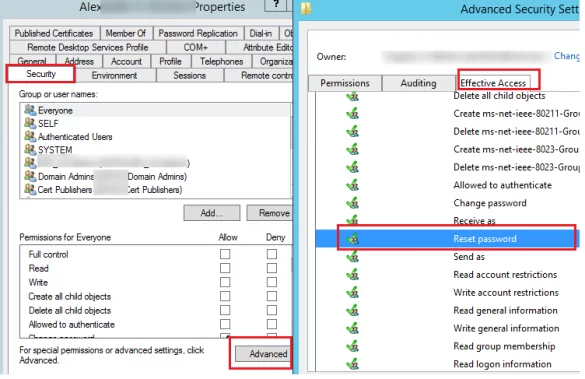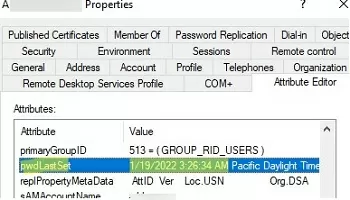In the fast-paced world of digital advertising, maximizing efficiency is key to staying prior to the competition. active directory management tools is one area where streamlining the process can save valuable time and resources. In this short article, we will explore tips and tricks for maximizing efficiency in ad user import, from optimizing data organization to automating tasks. With your strategies, you can reduce errors and boost productivity in your ad campaigns.

1. Organize Your Data for Optimal Import
Before importing user data, it's important to ensure the data is organized properly. This not just saves time through the import process, but in addition ensures that data is accurate and effective. Develop a standardized CSV file with all the necessary user data, including name, email, and other relevant information. Use consistent formatting, such as capitalization and use of dashes or underscores. Additionally, consider employing a tool to filter any invalid data or duplicates before importing to avoid errors down the line.
2. Automate Data Import with APIs
Although some ad platforms may provide an information import process, using APIs (Application Programming Interface) will help automate the process. APIs eliminate the necessity for manual imports, reducing the chances of human error and speeding up the import process. APIs can also integrate with CRMs and other tools, which makes it easier to help keep user data updated and relevant. Look for platforms that offer APIs that will handle batch importing and updates in real-time.
3. Keep Your User Data Around Date
One crucial facet of maximizing efficiency in ad user import is maintaining accurate, up-to-date data. That is especially very important to retargeting campaigns that count on recent user activity. Keep an eye on data trends and adjust campaigns accordingly. Consider using automated tools to update user data on a typical basis. For instance, tools that sync with CRMs can make sure that user data is definitely accurate and relevant.
4. Utilize Audience Segmentation
Effective audience segmentation is crucial to targeting the best user groups for the campaigns. Utilize audience segmentation to group users centered on various criteria, such as for instance demographics, interests, and behaviors. This permits for more personalized and effective ad messaging, improving the likelihood of conversion. Additionally, try to find ad platforms offering advanced audience segmentation tools, such as for example lookalike audiences and tailored audiences.
5. Test and Optimize Your Ad Campaigns
Even the most efficiently imported user data won't succeed if the ad campaigns aren't optimized. Regularly test and analyze your ad campaigns to recognize areas for improvement. Utilize A/B testing to compare ad messaging and targeting for better results. Additionally, use metrics such as for instance click-through rates and conversion rates to track performance and make data-driven decisions. Optimization is really a continuous process, so regularly re-evaluate and adjust your campaigns for best results.

Conclusion:
In conclusion, maximizing efficiency in ad user import requires a combination of organizational strategies and automation tools. By optimizing data organization, automating the import process, keeping user data up to date, utilizing audience segmentation, and testing and optimizing ad campaigns, you can improve productivity and reduce errors in your ad campaigns. With one of these tips and tricks, you are able to streamline your ad user import process, saving valuable time and resources, and maximizing the effectiveness of your ad campaigns.
